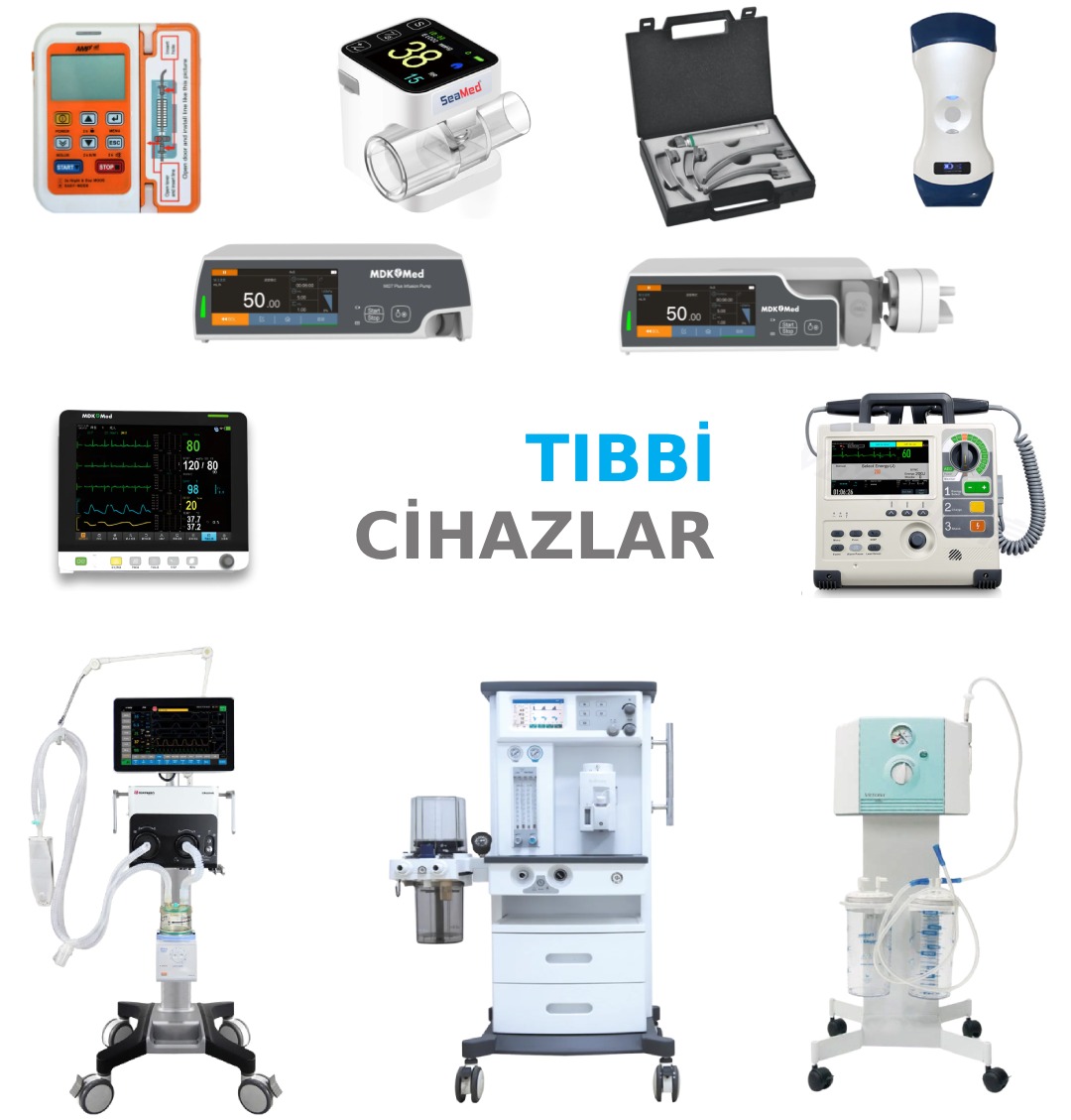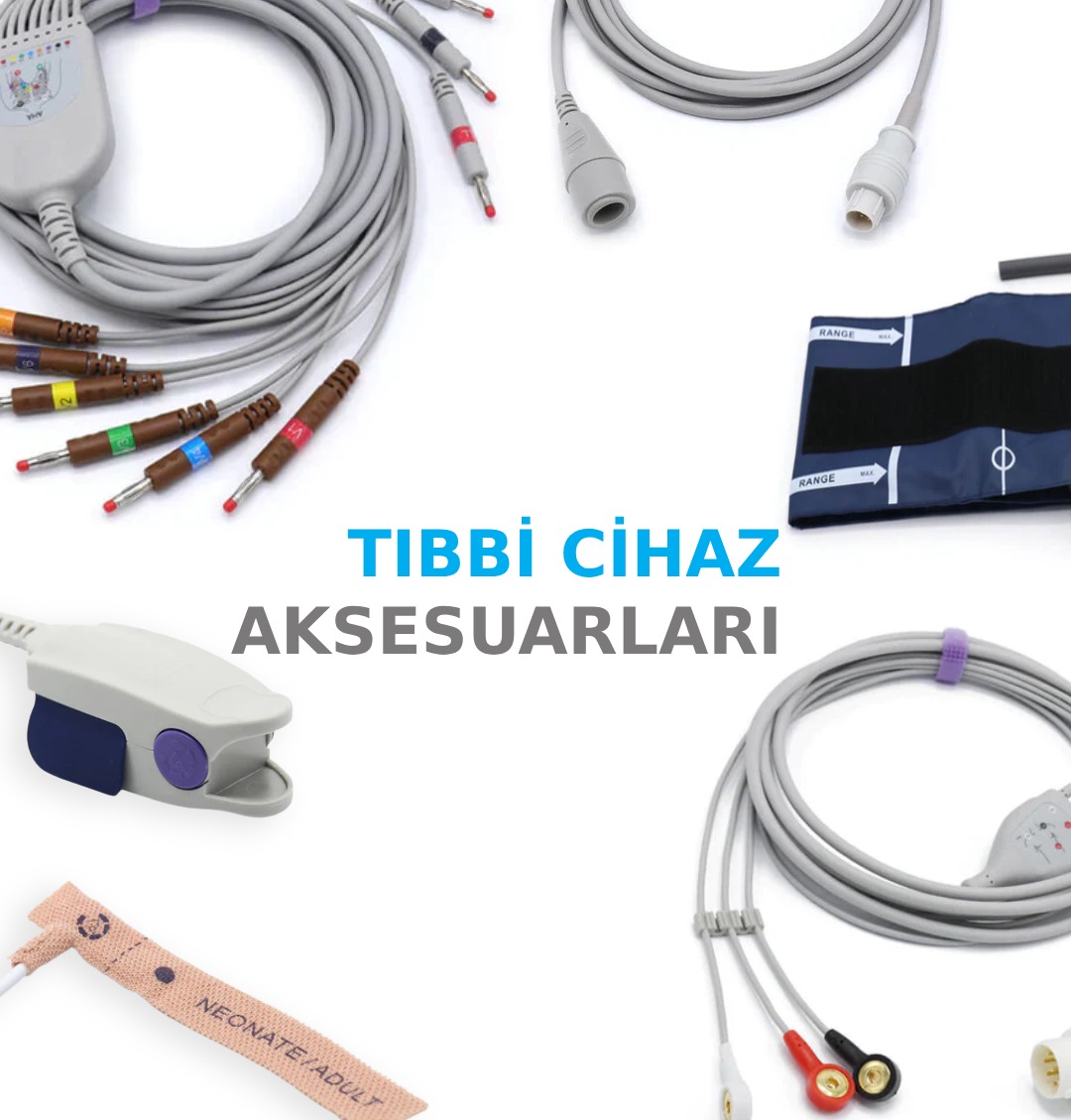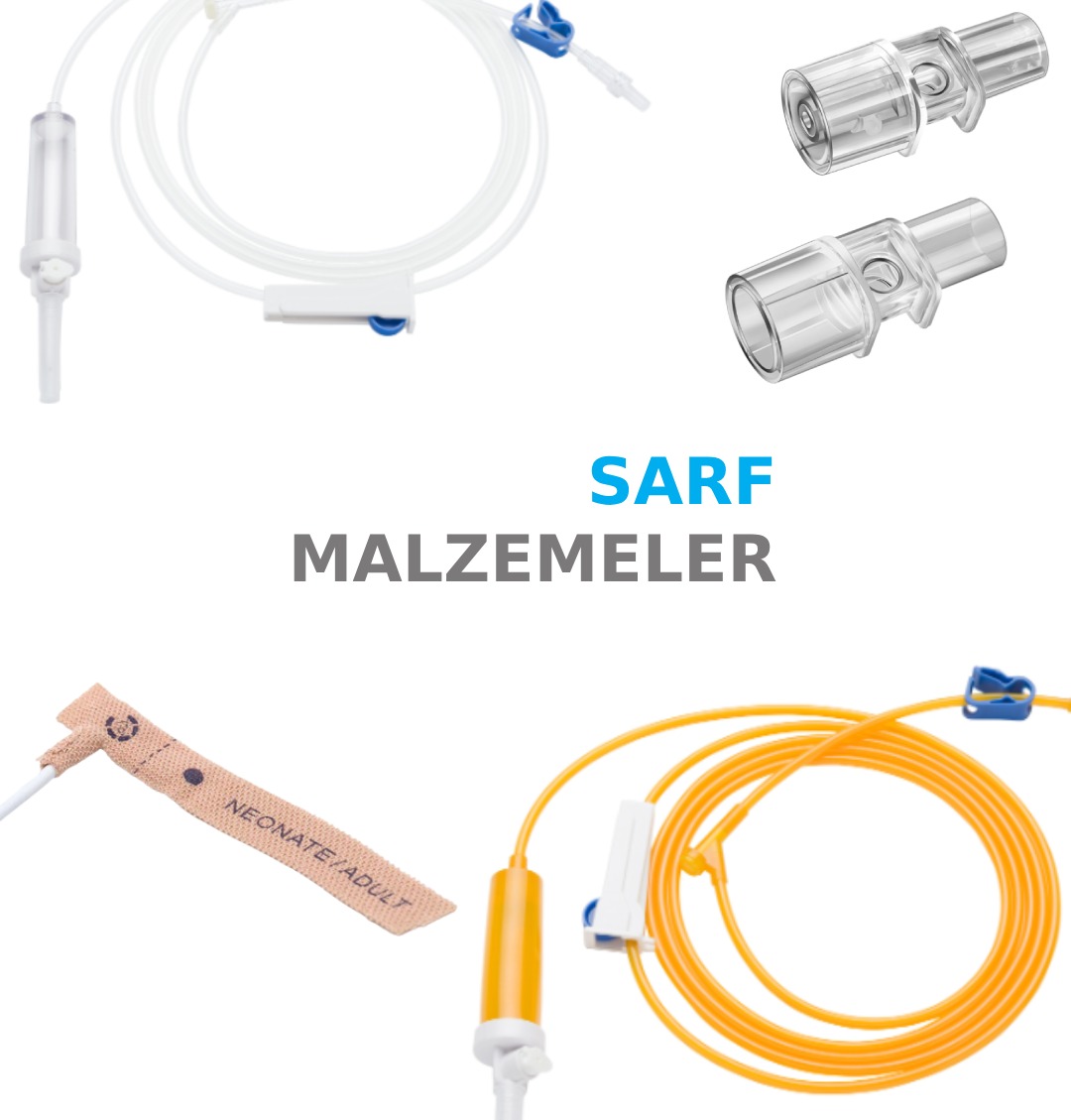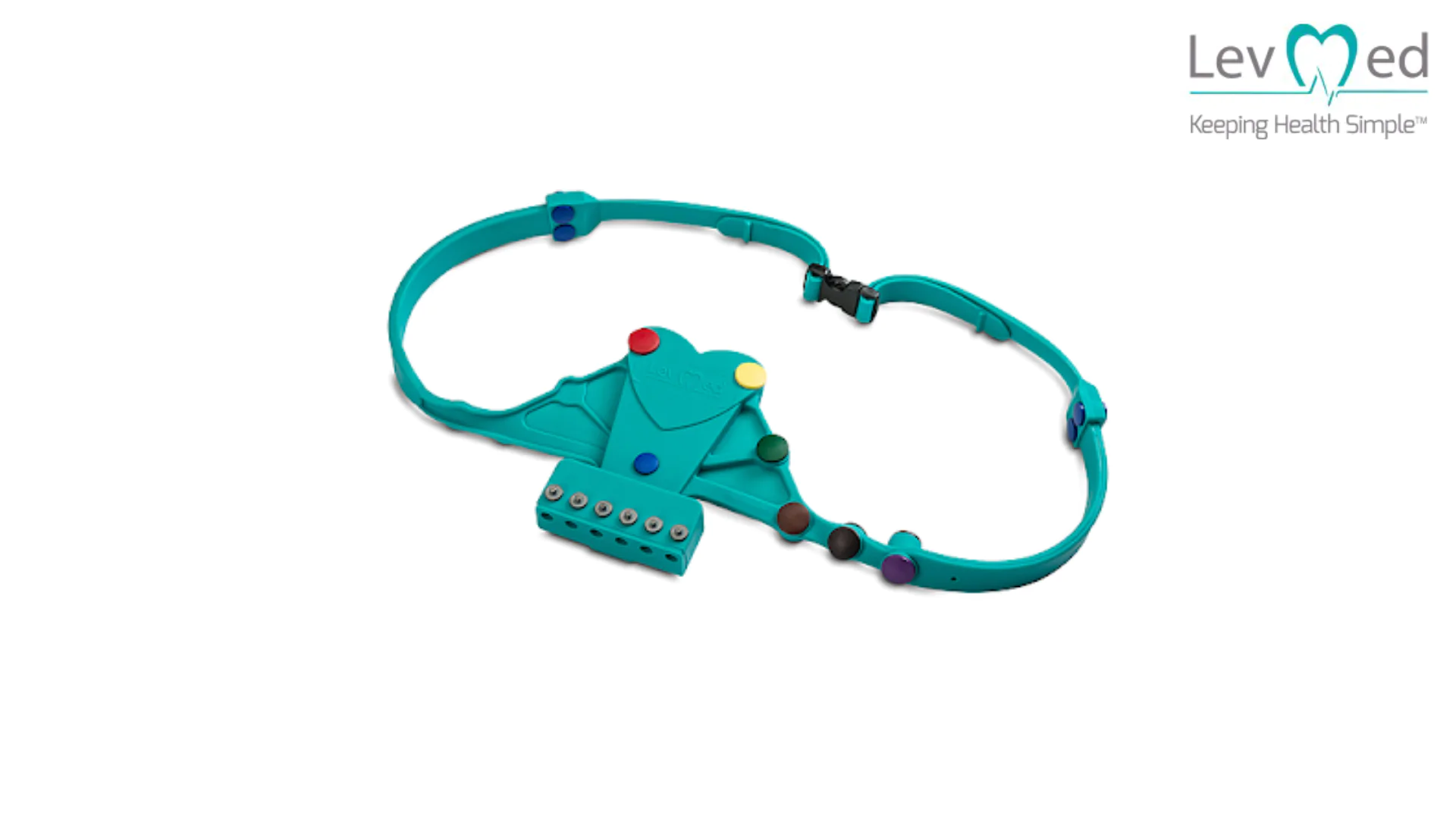
LEVMED UNIVERSAL SOCKET ECG BELT
- Easy to Use for Male and Female Patients
Elastic Structure
No Maintenance Required
Easy to Use with 10-lead ECG Cable
Socket-Compatible Design for All Devices and Cables
ECG (Electrocardiography) devices are essential medical instruments used to record and evaluate the electrical activity of the heart. ECG devices provide information about heart rhythm, heart rate, electrical conduction times, and other cardiac functions. These devices play a critical role in diagnosing, monitoring, and treating heart diseases.
The working principle of ECG devices is to detect the electrical activity of the heart through electrodes and convert this data into a graphical representation. Electrodes are small metal plates placed on the patient's skin. These electrodes detect the electrical signals emitted by the heart and amplify them through an amplifier. The amplified signals are then graphically represented on the ECG device's printer or screen.
Technically, ECG devices consist of components such as electrodes, amplifiers, filters, printers or screens, and data analysis software. Electrodes are typically placed on the chest, arms, and legs to detect the electrical activity of the heart. Amplifiers boost the weak signals received from the electrodes and make them suitable for processing. Filters block electromagnetic noise and clarify the heart signals. Printers or screens display the ECG data graphically. Data analysis software evaluates the ECG data, calculates heart rate, intervals, segment durations, and other parameters, and provides them for interpretation by medical professionals.
Medical terms like P wave, QRS complex, T wave, PR interval, QT interval, and ST segment describe different components of ECG waves and heart functions. For example, the P wave represents atrial contraction, the QRS complex represents ventricular contraction, and the T wave represents ventricular repolarization.
In conclusion, ECG devices are fundamental medical tools that provide vital information about heart health and are used in the diagnosis, monitoring, and treatment of heart diseases. These devices are valuable tools for detecting abnormalities in heart rhythm and electrical activity and guiding medical professionals in patient care.





